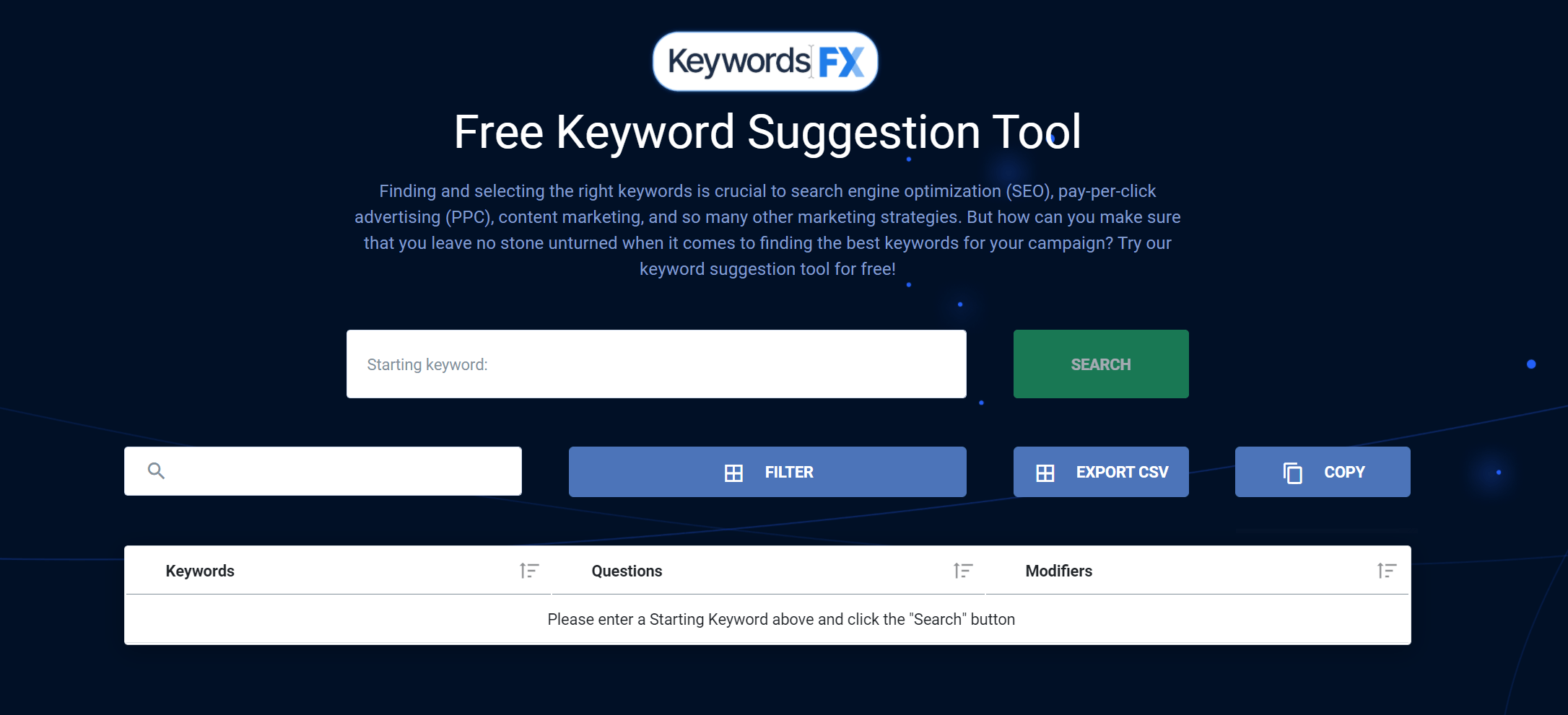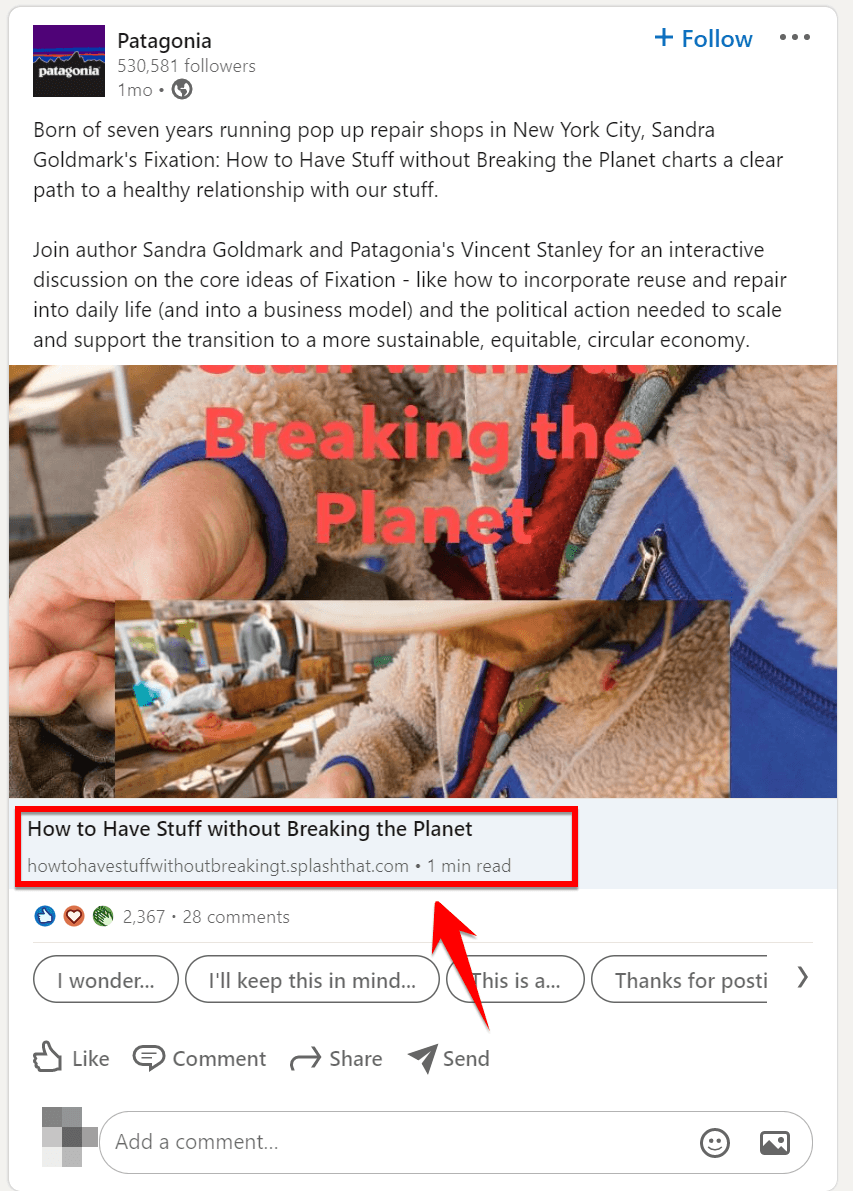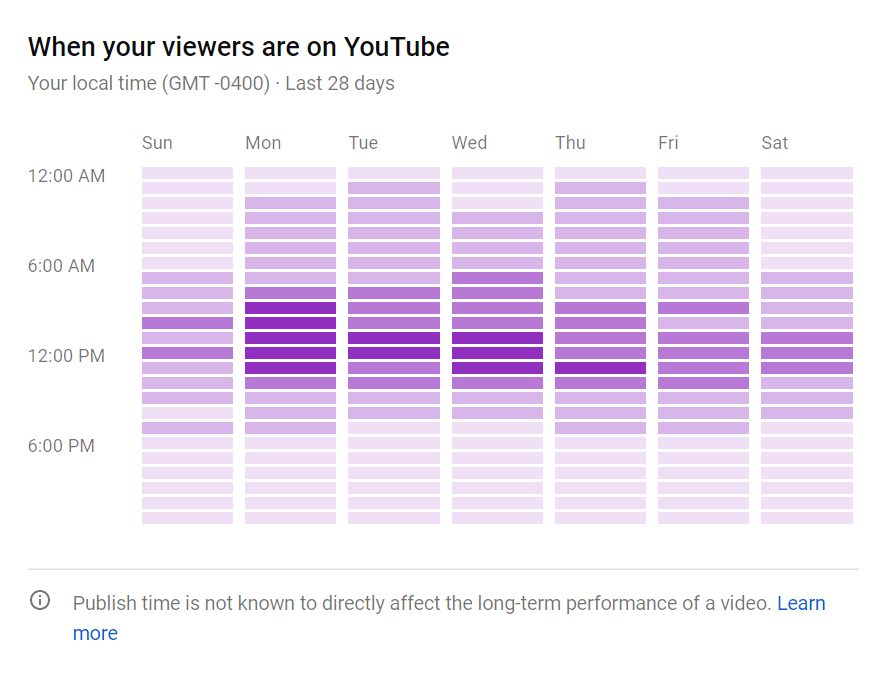How to Do Social Media Optimization in 5 Simple Steps
In this video, we’ll cover how to do social media optimization. You won’t want to miss out!
https://youtu.be/tUqvU4XOadE
Transcript:
If you have social media accounts for your business but don’t have a social media optimization strategy, what are you waiting for?!
It’s about time you start learning how to do social media optimization. After all, Pew Research Center reports that over 70% of Americans use social media. That’s about 236 million people when you break it down. Just from one country!
In this video, I’ll cover some steps you can take to optimize your social media presence. But I guess you need to know what social media optimization is first, huh?
What is social media optimization?
Social media optimization is the art of making sure your website and social media accounts follow all of the social media best practices so you can reach a larger audience and grow your business.
What are these best practices? Well, I’m glad you asked.
And even if you didn’t ask, I was going to get there, anyway.
You can optimize your social media accounts by:
- Analyzing your existing strategy
- Researching keywords for your posts
- Updating your account information
- Understanding what content works best
- Reviewing your accounts’ metrics
That’s not a finite list. There are plenty of ways to optimize your social media accounts, and I’ll elaborate on the ones I just mentioned right now.
Check out our blog post
to learn more about
Boosting your social media engagement!
Show Me More!

5 social media optimization best practices
1. Analyze your existing strategy
It’s important to understand the environment you’re working in when planning a social media optimization strategy.
Start with the environment at your company. What are the goals you want to achieve with social media? Perhaps you want more followers or more people to visit your website.
Once you know what you’re working towards, you can align all of your efforts with those goals.
Surprise! Your competitors have goals, too. While you won’t know for sure what your competition is trying to do with their social accounts, you can take a look at their efforts and try to piece things together.
Are they sharing videos that get a lot of engagement? Are they posting about their new services to drive people to their website? You’ll find out when you complete your competitor analysis.
Then, look at your own content. Is what you were previously doing hitting those goals that you set? Is there something your competitors are doing that you can do better?

Take some time to understand what content performs best with your audience, and if you’re sharing content from your website, dig into those analytics to see if your social visitors are sticking around.
Most social platforms offer some kind of built-in analytics, and you can track website traffic with a free tool like Google Analytics.
2. Research keywords
Keywords are not just for search engines. When people search for a topic, a profile, or a hashtag on social media, the platforms use keywords to help understand what results to serve the user.
This means you should be using keywords in your profile, bio, and hashtags where they make sense.
Here’s an example of how to do social media optimization with keywords.
Imagine you run a coffee shop, and you name it after yourself. Let’s call it Sarah’s coffee since I don’t know your name.
So you create an Instagram account to show off your coffee. Your name shouldn’t just be Sarah’s because that doesn’t exactly explain who you are. Sarah’s Coffee Shop or Sarah’s Espresso would give Instagram more context as to who you are, so when someone searches for a cafe, they may see you in the results.
In this case, your bio would say something like, “US-based coffee shop specializing in lattes and cappuccinos.” Obviously, if you run an actual coffee shop, your bio will be much more specific to you.
Tools like our own KeywordsFX and Keyword Tool are great for generating keyword ideas for your social media optimization strategy.

3. Update your account information
This tip might seem basic, but make sure all of the information associated with your account is accurate.
Are your profile pictures and featured cover images consistent across all channels? Are you linking to the right pages wherever there’s an opportunity to direct people to your website?
Is the contact information you’ve provided accurate? You don’t want people calling an old phone number.
Something as small as a broken link can cost you valuable leads and revenue.
Look at your usernames and bios. If you’ve done keyword research, make sure you’ve implemented your keyword strategy across all profiles. Don’t forget to check for consistency there, too.
And also, make sure the language you use in your bios reflects your business. Maybe you’ve changed your slogan, or you’re referencing an outdated stat.
Get out your magnifying glass (real or metaphorical) to parse through the details.
4. Analyze the content you share
Your social media optimization strategy should work hand-in-hand with your content marketing strategy.
I’m going to take a wild guess and say that you share content from your website on your social media accounts.
Make sure that the content you share is properly optimized to be shared.
Are your page titles interesting enough for people to click?

Does the content you share on social media align with your content marketing goals?
Look at the data available to you for a better understanding of what you should create.
5. Continuously review your data
The only constant in digital marketing is change. Social media marketing is no exception.
As your audience grows over time, their needs and interests may shift. You need to pay attention to your data to catch these shifts and adjust your social media optimization accordingly.
There’s always more to learn when it comes to how to do social media optimization.
If you notice one type of post has started to consistently outperform all others, lean into what’s driving your success.

If your posts perform better at night than in the morning, schedule content to go out later in the day.
You can do this across the major social networks with tools like Buffer or Hootsuite.

Get started with social media optimization!
In closing, align your social media efforts to your goals and track your performance on all networks and your website.
If you want to learn more about how to optimize social media, we have a ton of resources on our website and on our blog.
And before you go, we’d be very happy if you’d subscribe to our YouTube channel and Revenue Weekly, our email newsletter. You don’t want to miss out on the latest digital marketing advice.